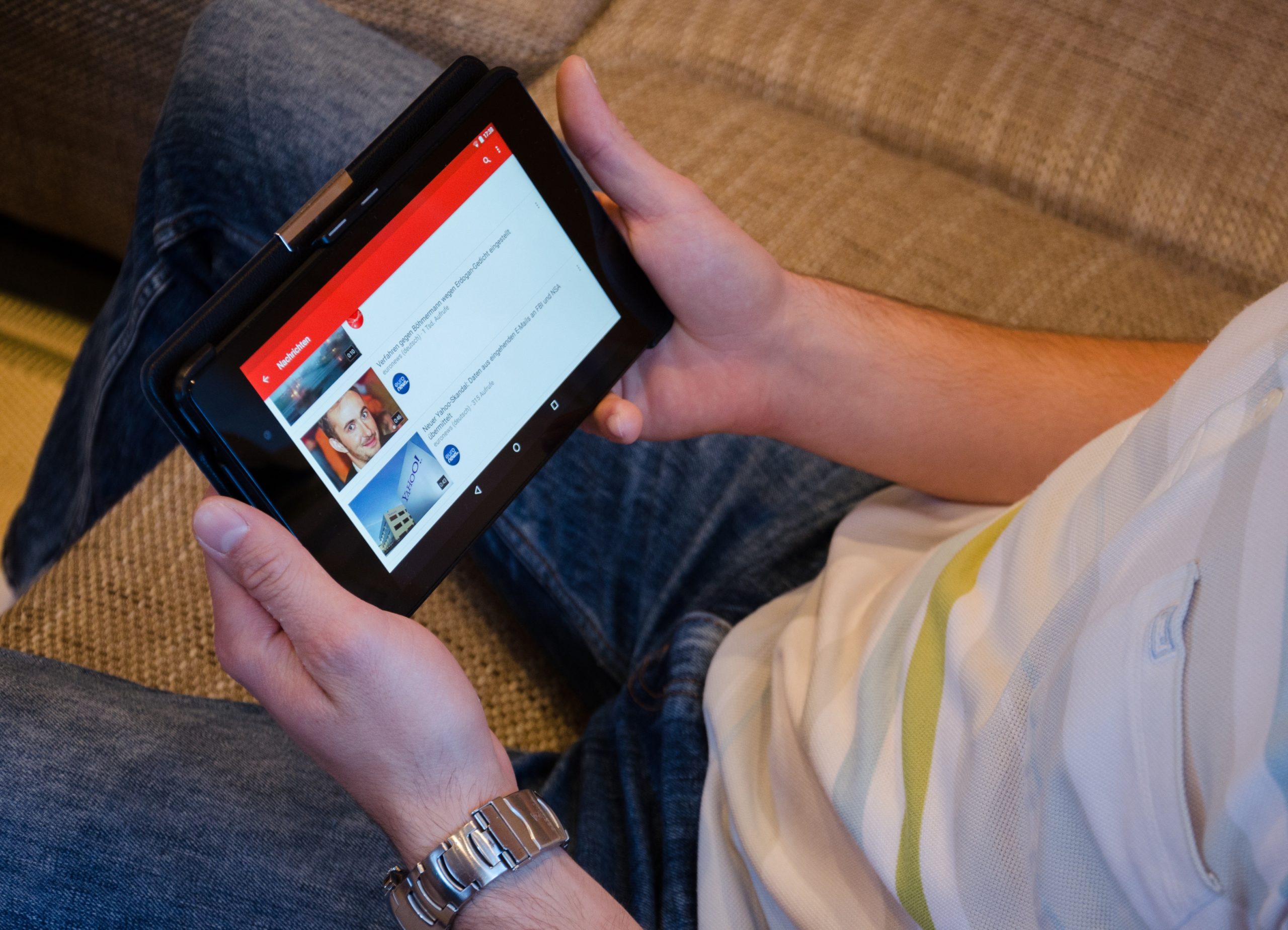For a good reason, you’ve probably heard the term “OTT” thrown around a lot lately. With the rise of streaming services like Netflix, Hulu, and Amazon Prime, the OTT industry is booming, changing how we think about advertising. So, let’s roll up our sleeves and get down to the nitty-gritty of how OTT advertising platforms work.
OTT Advertising: A Quick Primer
Before we dive in, let’s clarify what OTT means. Simply put, OTT, over “over-the-top,” refers to any streaming media service that provides content directly to viewers over the internet, bypassing traditional broadcast television platforms that control content distribution.
OTT advertising is the process of serving ads via these OTT platforms. These ads can appear before, during, or after a streamed video – similar to traditional TV advertising but this time, it comes with a digital twist.
How OTT Advertising Platforms Work
Video ad-serving platforms act as the conduit between advertisers and publishers. They allow advertisers to upload their ads, set their targeting criteria, and distribute them across various OTT providers. Below are some of the features of OTT advertising.
Advanced Targeting
One of the major advantages of OTT advertising platforms is the advanced targeting they offer.
Unlike traditional TV, where ads are served to a broad demographic, OTT advertising allows advertisers to target specific audiences based on interests, location, viewing habits, and much more.
Real-Time Bidding
OTT ad platforms often use a process called real-time bidding (RTB). This is an automated, real-time auction where advertisers bid to serve their ads to specific users. For example, when a user clicks to watch a video, an auction happens in milliseconds to decide which ad the user will see.
Analytics and Reporting
OTT ad platforms provide robust analytics and reporting features. For example, advertisers can track metrics like impressions, clicks, and conversions and use this data to refine their campaigns. This level of insight just isn’t possible with traditional TV advertising.
Multiple Formats
The platform is designed to support multiple ad formats, including in-stream video ads (which play before, during, or after content), interactive ads, and display ads. This flexibility allows advertisers to get creative and choose the format that best suits their campaign goals.
The Future of OTT Advertising
Although a relatively new field, OTT advertising is evolving at a breakneck pace. As recent CTV statistics highlight, an increasing number of people are cutting the cord and moving towards streaming services. This shift is setting the stage for the exponential growth and far-reaching impact of OTT advertising.
Emerging trends such as programmatic TV, which automates the buying and selling of TV ads, and addressable TV, which serves different ads to different viewers watching the same program, are blurring the lines between traditional and digital advertising. These trends are shaking up the industry, proving that the future of advertising might look very different from what we’re accustomed to.
Further fuelling this transformation are advancements in AI and machine learning, which are enhancing the targeting and personalization capabilities of OTT advertising. This marketing strategy allows advertisers to deliver more relevant ads to specific audience segments, dramatically improving engagement and conversion rates.
However, like any rapidly growing industry, OTT advertising has challenges. Pressing issues like ad fraud and privacy concerns pose significant hurdles. For the continued growth and sustainability of OTT advertising, these issues need to be addressed effectively and promptly.
Furthermore, as the industry matures, there will be an increasing need for the evolution of regulations and standards to match the pace of innovation.
The OTT Ecosystem
The world of OTT advertising is complex, involving many players, including content creators, content distributors, ad platforms, and viewers. Each plays a crucial role in the ecosystem, and understanding their interplay is key to unlocking the full potential of OTT advertising.
Device Fragmentation
One of the challenges and opportunities of OTT advertising lies in the sheer variety of devices viewers use. Ads must be optimized for different screen sizes and capabilities, from smart TVs and gaming consoles to smartphones and tablets. This device fragmentation can be a headache but offers unique opportunities for personalized, context-specific advertising.Cross-Platform Tracking
As viewers hop from device to device, tracking their journey becomes more critical and challenging. OTT ad platforms are developing sophisticated cross-platform tracking technologies to provide a seamless, unified view of the customer journey. This is crucial for understanding the true impact of your ad campaigns.
Interactive and Immersive Ads
As OTT ad platforms mature, we see exciting innovations in ad formats. For example, interactive ads, where viewers can click on ads for more information or to make a purchase, are gaining traction. We’re also seeing more immersive ad formats, like 360-degree video ads, that offer a deeply engaging viewer experience.
Navigating the OTT Advertising Landscape
The OTT advertising landscape is dynamic and fast-paced, with new technologies and trends emerging quickly. The good news is that with a solid understanding of how OTT ad platforms work, you’re well-equipped to ride the waves of change.
As we plunge deeper into the digital age, the lines between traditional and digital advertising continue to blur. OTT advertising stands at the forefront of this revolution, offering unprecedented opportunities for targeted, engaging, and measurable advertising.
Wrapping Up
OTT advertising is often a trendy buzzword and is much more. It marks a fundamental shift in our advertising approach, altering how we reach and engage with our target audiences. It’s not just a new tool in our marketing arsenal; it’s a game-changer, a revolution in the advertising industry that reshapes our strategies and tactics.
Harnessing the power of OTT ad platforms opens a world of opportunities for advertisers. It’s like being handed a magic wand that allows you to craft compelling, tailored campaigns that reach the right people at the right moment and in just the right context. This level of precision and personalization was merely a dream in the era of traditional advertising. Now, it’s becoming the norm.

